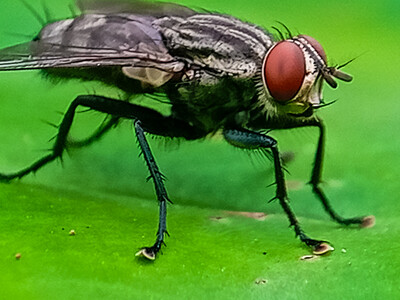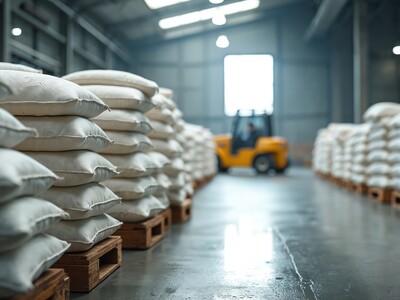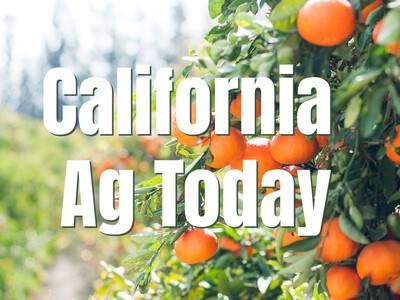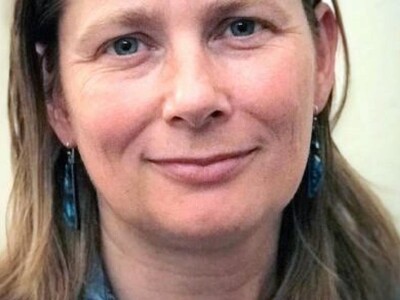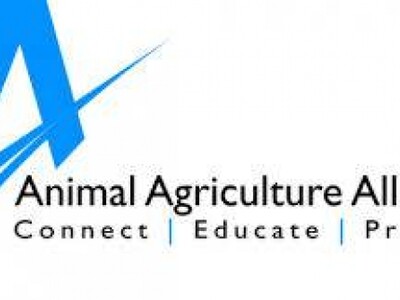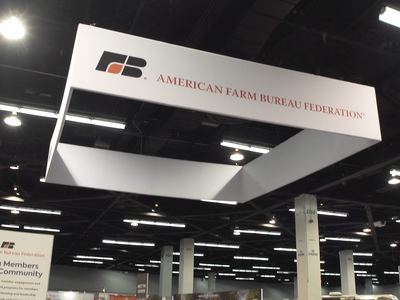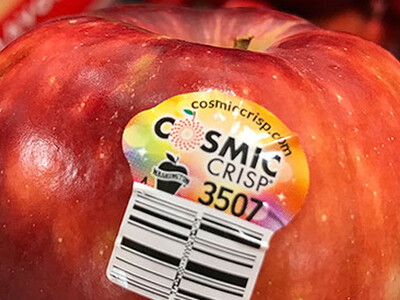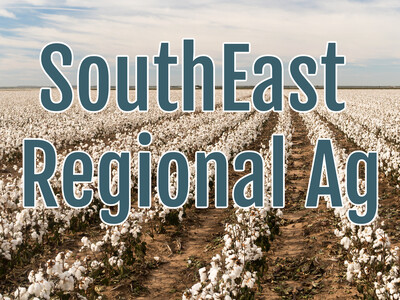Lameness In Dairy Cattle
Lameness in Dairy Cattle. I’m Greg Martin with today’s Line On Agriculture.
Novus International, Inc., is introducing an innovative program to help dairy producers enhance the comfort and well-being of their herds so they can better maximize productivity and enrich dairy industry sustainability. Novus has launched what they call their C.O.W.S. program. C.O.W.S. stands for Comfort, Oxidative Balance, Well-Being and Sustainability. One area of major concern is lameness of your dairy cattle. Marina Von Kyerlink a professor of animal welfare at the University of British Columbia discusses the scoring system and what it means.
VON KYERLINK: For the most part producers can pick up the 4’s and 5’s. I mean the 5’s are dead easy because basically she’s not walking. She’s got 3 legs. 4’s you’ve got such a clear, obvious limp that they’ve picked those up. But it’s the 3’s on average, only 1 in 4 of those cows are identified by the producer. There’s a huge window of opportunity because she’s still producing and she’s doing what she’s supposed to do.
Von Kyerlink says that they have validated the fact that lameness in dairy cattle is painful.
VON KYERLINK: And so if she’s painful we’re probably going to impact lying time because she has trouble getting in an out of the stall. She may not be eating as much as she could and so there’s probably what we predict, a window of lost opportunity because she is lame. But she’s not a 4 or 5 yet. So what can we do in terms of identifying her first of all and then the key is what can we do to try and prevent her from becoming a 4 or 5.
She says they have been working to educate producers to be able to identify those cows.
VON KYERLINK: Nobody wants to see a lame cow. She’s not good for the bank, she’s not good for the bottom line and it’s definitely not good for her welfare. So that’s one reason why the C.O.W.S. program Novus has launched has focused on that. The other thing is, is that when it comes to facilities and management dairy farms vary for a thousand and one ways from one another.
That’s not necessarily a good or bad thing according to Von Kyerlink.
VON KYERLINK: What we want to do is look at what I call animal based measures. So locomotion is something that we can measure objectively. We can measure stall design, we can measure feed bunk space and we can measure all those things. And then we can benchmark them and look to see: ok relative to your peers, where are you?
More tomorrow.
That’s today’s Line On Agriculture. I’m Greg Martin on the Ag Information Network.




